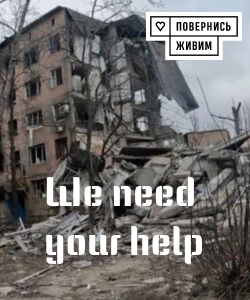NATO develops comprehensive defense strategy in response to increasing Russian threats

According to German publication Welt, NATO has finalized a detailed strategy document spanning over 4,400 pages, outlining a comprehensive defense plan should the conflict with Russia escalate.
Amidst intensified hybrid attacks and rapid movements of Russian military units, the alliance is actively taking measures to safeguard its member countries.
A senior NATO military official stated that the organization has already entered a ‘zero’ phase, indicating full mobilization of resources and readiness for any military scenario.
Experts warn that a primary threat remains the swift redeployment of Russian troops to the Baltic borders following the conclusion of the Ukraine war, raising serious concerns among European governments.
Estonia’s intelligence chief, Kaupo Rosin, emphasized that these mobilizations would not cease and would facilitate an increase in Russian forces near NATO borders.
Meanwhile, officials believe that Russian troops will quickly return to their bases after training exercises.
European nations are now intensively preparing for all potential scenarios, with NATO having already begun working on new secret defense plans.
Delegates received a document titled ‘Deterrence Line Concept on the Eastern Flank,’ about 4,400 pages long, emphasizing the pivotal role of UAVs and autonomous weapons, along with proposals to deploy additional heavy weaponry along NATO’s eastern border and improve networked interoperability among armed forces for more efficient data exchange.
Given the heightened tension, experts contend that NATO’s long-term strategy is aimed at deterring any Russian advances to the east, with intensive preparations underway for potential conflict.
Reports indicate that nine days ago, NATO’s European Commander, General Christopher Donahue, presented this comprehensive defense concept to the participating countries.
Meanwhile, media reports suggest a waning Trump enthusiasm for pressuring Russia over Ukraine, which could influence future NATO policies.

